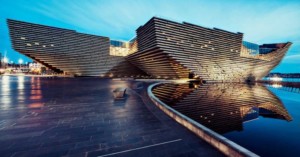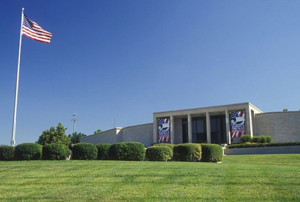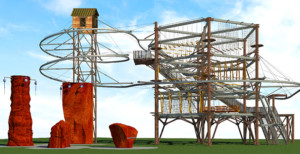Technology company Intel has partnered Paramount Pictures to explore uses of its volumetric video technology in creating cinematic VR experiences. The motion capture technology has previously been used to livestream sports matches in virtual reality.
The deal was announced at CES 2018 and will involve Intel making Intel Studios, a recently constructed 25,000 square foot volumetric video capture stage in Los Angeles, available to creative talent from Paramount Pictures.
During the company’s keynote address at CES, Intel CEO Brian Krzanich used a short clip from a Western film to show off how viewers can use VR to experience films from different perspectives. The clip jumped from camera to camera while two cowboys brawled outside a saloon, even showing the scene from the perspective of a horse.
After the demo, Krzanich invited Paramount CEO Jim Gianopulos on stage to provide perspective on what films might look like with volumetric video capture.
“When you give filmmakers tools like this, their imaginations are unfettered. You get some of the most gifted and talented filmmakers in the world, we can only imagine what they can do with this technology,” Gianopulos said, according to a report from VentureBeat.
Inside Intel’s studio is a 10,000 square foot volumetric capture space, which is where the old west set was constructed. The studio has 5.1 miles of fibre cables connected to 10 petabytes of onsite storage.
Ted Schilowitz, Futurist for Paramount Pictures, told TechCrunch that Paramount plans to have the full range of talent that it works with put Intel’s studio through its paces. This could include the likes of JJ Abrams and Steven Spielberg as well as first-time directors.
“There’s this evolution of how people are going to consume media. As we move from displaying and watching things on flat video devices where does the technology take us? In the early days we could force your eyes to believe that it is three dimensional, the next logical step is how do you make video capture responsive in that way,” Schilowitz told TechCrunch.
“We’ve done that with CGI graphics which is why the highest end of VR is CGI. What we can’t do yet is demonstrate a pipeline which does the same thing for video content.”
Image: Intel.
Intel launches motion capture studio in LA to bring cinematic VR to Hollywood studios












